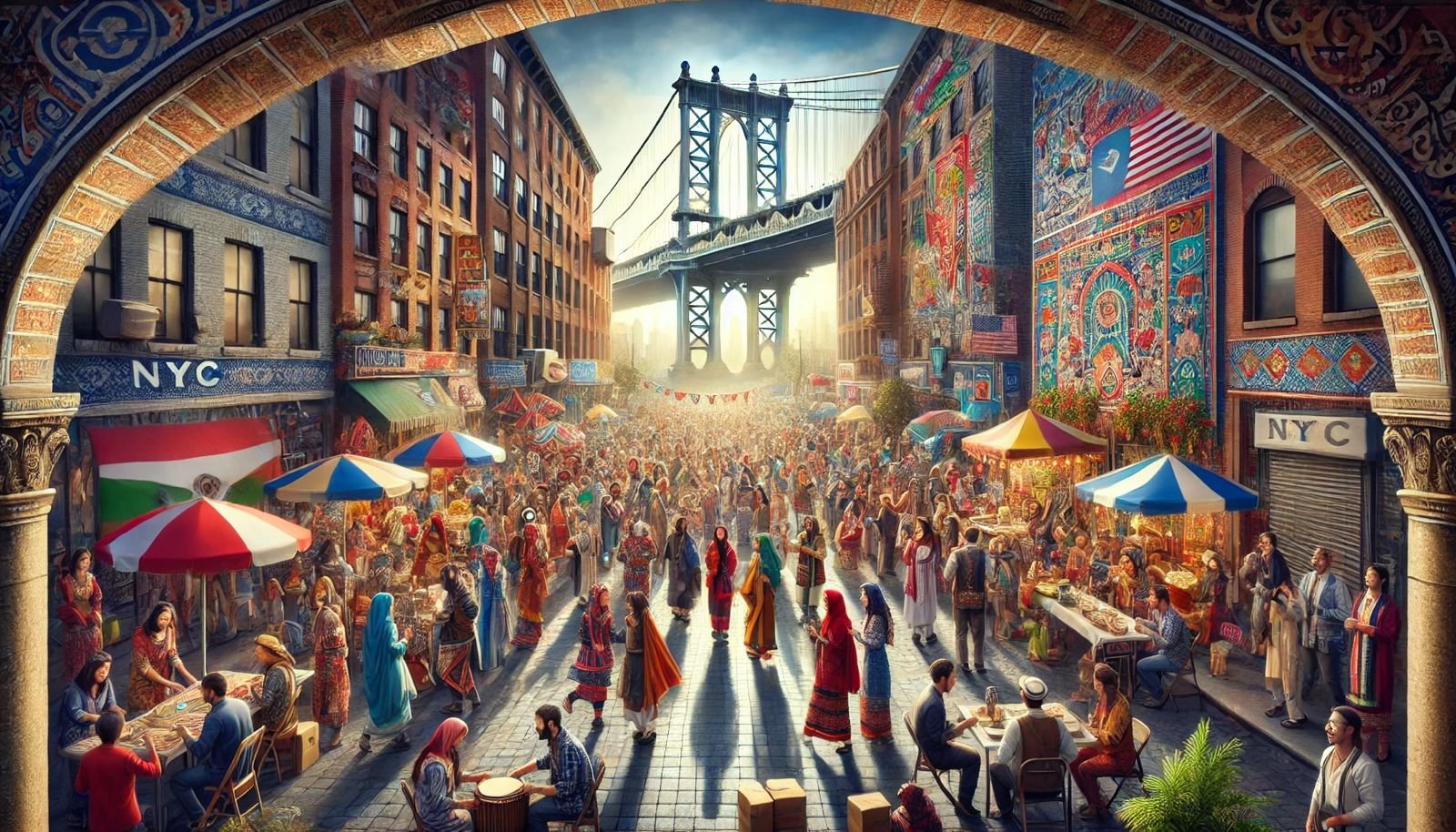What is the largest ethnicity in NYC?
New York City, which boasts rich cultural diversity, houses thousands of ethnic groups which make its tapestry a vibrant one. According to the most recent census, the biggest ethnicity in New York City is Hispanic or Latino, amounting to about 28.3% of the total population. The said demographic encompasses vast nationalities, with Dominican being the most prominent ethnic group of Hispanic residents.
Demographic Breakdown
According to the 2020 U.S. Census, New York City's total population was around 8.8 million residents. The breakdown reveals that Non-Hispanic Whites make up about 30.9%, followed by Hispanics or Latinos at 28.3%, Black or African Americans at 20.2%, and Asians at 15.6%. This diverse demographic landscape illustrates the city's role as a significant hub for immigrants and their descendants.
The Hispanic Community
The Hispanic community in New York City is very diverse, including people from different backgrounds, such as Puerto Ricans, Mexicans, Ecuadorians, and Cubans. Among these groups, the largest segment is made up of Dominicans, with about 602,093 Dominican immigrants living in the city. This makes them not only the largest Hispanic group but also a vital part of NYC's overall ethnic composition.
The Hispanic population growth has been remarkable over the recent decades with both immigration and natural population growth. Bronx and Queens hold very great importance for such communities. Cultural festivals flourish in such areas, with delectable cuisines on the platter as well.
Cultural Contributions
The Hispanic community has far-reaching cultural effects beyond the number itself-the richness of New York City's culture owes a lot to this culture. Street festivals like on the day of Dominican Independence are vibrant, as with parades for traditional activities from Puerto Rico.
The city's dining culture is greatly impacted by Hispanic food due to the celebration of ethnic cultures. Local and visitors alike are attracted to eating places offering mofongo, tacos, and arepas in every nook and corner of the city. Cleaning companies such as Sparkly Maid NYC help these local favorite restaurants create a warm welcome for patrons.
Problems Experienced by Minority Groups
Despite their contributions, many ethnic communities in New York City are facing significant challenges. The issues of economic instability, housing insecurity, and access to healthcare are at high levels among the populations. For example, some Hispanic residents work in jobs with low wages and no fringe benefits, which can lead to their poverty.
Second, an illegal or undocumented status can easily serve to limit access to life's necessities for most within these communities. They can live in fear of being deported and avoid access to necessary medical care and possibly legal assistance.
Community Organization Role
Community organizations play a critical role in helping the various ethnic groups that inhabit New York City. These institutions provide legal assistance, job training programs, language classes, and other health services that cater to the unique needs of the immigrant communities.
Organizations such as La Fuente and local consulates provide important services for new and long-time residents. They work hard at problems related to housing insecurity and rights to health to ensure community members feel supported within their new setting.
Diversity in NYC
New York City's ethnic communities consist of many diverse groups, and Hispanics make up the largest number of those. Their cultural contributions are invaluable to the city's social profile as enriched through fiestas, foods, and other community activities.
As we rush about in this fast-moving metropolis, we all need to take notice of and be thankful for all the different populations making our city the place it is—such as communities around Seattle Green Maids, who ensure clean spaces exist for all citizens. Whether cultural opportunities or gastronomic excursions, made possible through providers like Sparkly Maid NYC, we are reminded with each passing day of what these communities bring to the great city of New York.
